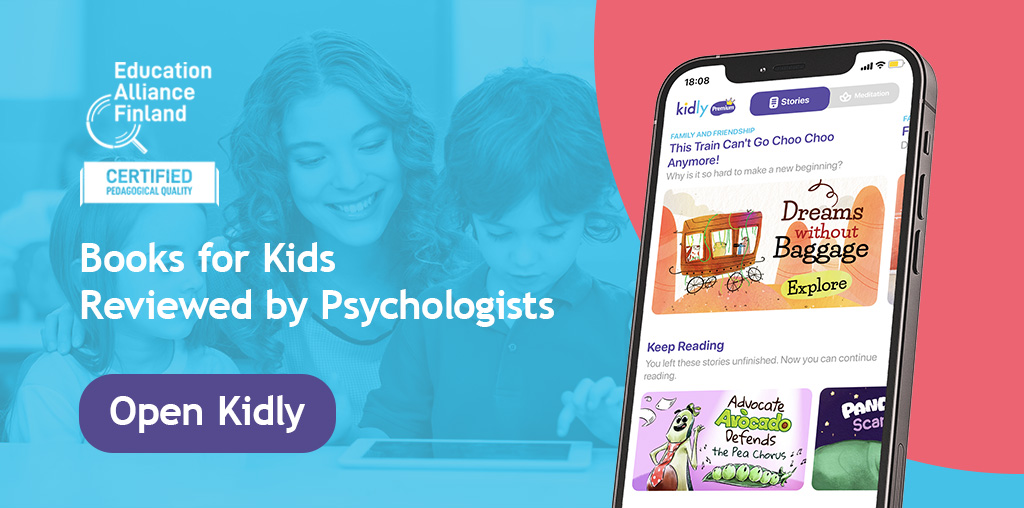It’s the time of year when backpacks are zipped, lunch boxes are packed, and little shoes are lined up by the door. The start of the school season can be exciting, but it can also be challenging, particularly for children experiencing separation anxiety and their parents. If this is the case in your home, there are things you can do to make the transition smoother for everyone involved.
What is Separation Anxiety?
Separation anxiety is a natural developmental stage where children may feel anxious when separated from their primary caregivers. This anxiety can manifest as crying, clinginess, or even tantrums when it’s time to part. Though it’s most commonly seen in toddlers, it can also affect older children, particularly during transitional periods like starting school.
Tips for Easing Separation Anxiety
1. Start with Short Separations: Practice short separations. A quick trip to the store or a short playdate can help children become accustomed to being away from you.
2. Create a Goodbye Ritual: Consistency can help ease anxiety. A special handshake, hug, or phrase can provide comfort. Always say goodbye, and avoid sneaking out as it might increase anxiety in the long run.
3. Talk About What to Expect: Talk to your child about what their day will look like. You can even role-play parts of their day together to help them know what to expect.
4. Send a Comfort Item: If the school allows, send a small token or photo with your child. It can be a comforting reminder of home.
5. Stay Calm: Children often mirror the emotions of those around them. If you show that you’re confident and calm during the separation, it can help them feel more secure.
Tips for Parents
1. Acknowledge Your Feelings: It’s okay to feel sad or worried about your child’s first days at school. Talk to friends and your partner to share your feelings.
2. Stay Busy: Once you’ve dropped your child off, keep yourself occupied. It will help the time pass and keep your mind off worrying.
3. Trust the Professionals: Remember that teachers and school staff are trained to help children adjust to their new environment.
4. Stay Connected: If possible, ask the school about communication methods. Some schools might have apps or systems in place to share photos or updates throughout the day.
5. Celebrate the Milestone: Starting school is a significant step. Celebrate it with a special family dinner or outing.
Harness the Power of Storytelling with Kidly
Children connect deeply with stories and characters. Reading books that address school experiences or characters dealing with separation can help children understand and manage their feelings. When children see fictional characters successfully navigating new situations, it provides them with a sense of reassurance and a model.
By incorporating storytime into your routine, not only do you spend quality bonding time, but you also equip your child with tools and perspectives to handle their anxiety. The Kidly app offers hundreds of fun and illustrated stories that can serve as conversation starters, allowing children to express their fears or ask questions in a safe environment.
When to Seek Help
While it’s normal for children to take some time to adjust, if their anxiety continues for many weeks or interferes with their ability to participate in school, it may be time to seek professional guidance. Talk to the school counselor, a pediatrician, or a child therapist for additional support.
Separation anxiety is both a challenge and a sign of a loving parent-child relationship. With careful planning, open communication, and the tips outlined above, transitioning to school can be a more positive experience for both parents and children. Remember to stay patient and find the strategies that best suit your family’s unique needs, and don’t hesitate to seek professional advice when needed. Balancing reassurance with encouragement will help foster independence and resilience in children, making each goodbye a little easier.


